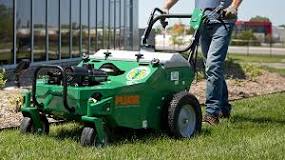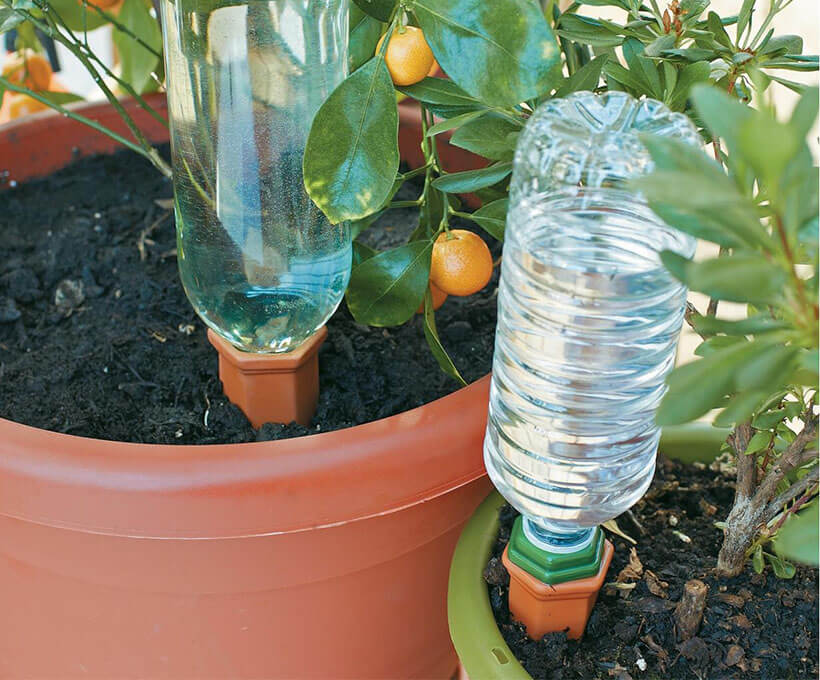A baffle is designed to control or redirect the flow of gases or fluids, while a damper regulates airflow, often in ventilation systems. Although both terms are sometimes used interchangeably in casual conversation, they serve distinct functions in various systems.
Understanding Baffles
Baffles are typically flat plates used in various applications, including HVAC systems and wood stoves. Their main purpose is to slow down or redirect the flow of gases or liquids. Here’s what you need to know:
Functionality
- Flow Control: Baffles help manage the direction and speed of gases, ensuring they move smoothly through a system.
- Heat Retention: In wood stoves, for instance, baffles increase the time gases stay in the stove, allowing for more complete combustion and better heat output.
Design
- Fixed Position: Baffles are generally fixed and do not move; they are positioned strategically to influence airflow without actively controlling it.
Understanding Dampers
Dampers, on the other hand, are movable devices that regulate airflow within a system. They can be found in various settings, such as chimneys and HVAC systems.
Functionality
- Airflow Regulation: Dampers can open or close to control how much air passes through a duct or flue. This is crucial for maintaining efficiency and safety in heating systems.
- Smoke Control: In fireplaces and stoves, dampers can limit smoke from escaping into living spaces by controlling its exit through the chimney.
Design
- Movable Mechanism: Unlike baffles, dampers have blades that can be adjusted based on specific needs—like increasing airflow when needed or restricting it during off-hours.
Key Differences
| Feature | Baffle | Damper |
|---|---|---|
| Movement | Fixed | Movable |
| Purpose | Redirects flow | Regulates airflow |
| Applications | HVAC systems, wood stoves | Chimneys, HVAC systems |
| Control Type | Passive (no active control) | Active (can be adjusted as needed) |
Summary
In summary, while both baffles and dampers play essential roles in managing airflow and improving system efficiency, their functions differ significantly. Baffles help direct flow without moving parts, while dampers actively regulate airflow with adjustable mechanisms. Understanding these differences can help you choose the right component for your specific needs.
FAQ
What are common applications for baffles?
Baffles are commonly used in wood stoves to improve combustion efficiency and in various industrial applications to manage fluid dynamics.
Can dampers be used in residential heating systems?
Yes! Dampers are often used in residential heating systems to control airflow and improve energy efficiency.
How do I know if I need a baffle or a damper?
If you need to redirect flow without adjusting it actively, go for a baffle. If you need to control airflow dynamically—like in an HVAC system—a damper is your best bet.
Understanding these differences helps you make informed decisions about your heating and ventilation needs.







